Home>Furniture & Design>Bathroom Accessories>What Are Toilet Seat Covers For
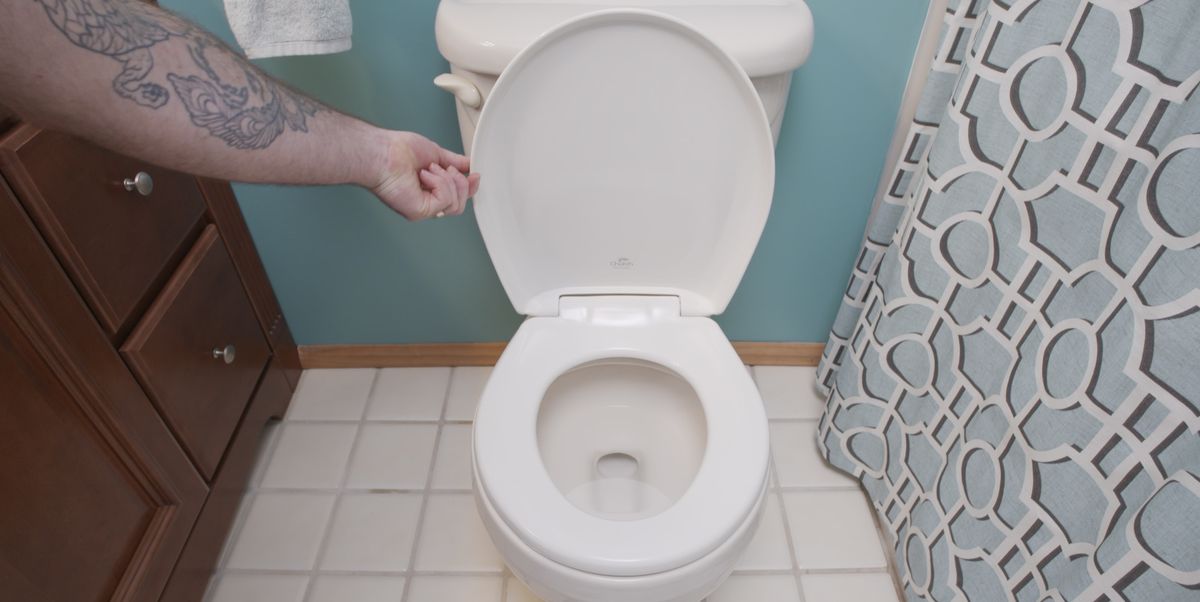

Bathroom Accessories
What Are Toilet Seat Covers For
Modified: August 27, 2024
Discover the purpose and benefits of toilet seat covers for your bathroom. Find out how these essential bathroom accessories can enhance hygiene and comfort.
(Many of the links in this article redirect to a specific reviewed product. Your purchase of these products through affiliate links helps to generate commission for Storables.com, at no extra cost. Learn more)
Introduction
Toilet seat covers are a common sight in public restrooms, often found in dispensers near the toilets. These thin, disposable paper covers serve a specific purpose in maintaining hygiene and providing a sense of comfort to users. While some individuals may question their necessity, toilet seat covers play a crucial role in promoting cleanliness and peace of mind in shared restroom facilities. In this article, we will delve into the purpose, hygiene benefits, environmental impact, and alternatives to toilet seat covers, shedding light on their significance in the realm of bathroom accessories. Let's explore the world of toilet seat covers and uncover the valuable role they play in our daily lives.
Key Takeaways:
- Toilet seat covers provide a protective barrier against germs and bacteria in public restrooms, promoting personal hygiene and peace of mind for users.
- While disposable toilet seat covers offer hygiene benefits, exploring eco-friendly alternatives and automated systems can balance cleanliness with environmental stewardship in shared restroom facilities.
Read more: How To Use A Toilet Seat Cover
Purpose of Toilet Seat Covers
Toilet seat covers serve a vital purpose in public restrooms, offering a protective barrier between the user and the toilet seat. Their primary function is to provide a hygienic layer, minimizing direct contact with the potentially contaminated surface of the toilet seat. This is particularly important in shared facilities, where numerous individuals utilize the same restroom throughout the day.
By placing a toilet seat cover on the seat before use, individuals can create a physical barrier that helps reduce the risk of exposure to germs, bacteria, and other contaminants present on the surface. This simple yet effective measure can offer a sense of reassurance and comfort to users, especially those who are mindful of maintaining personal hygiene in public spaces.
Moreover, toilet seat covers contribute to the overall cleanliness of the restroom environment. By encouraging users to utilize these covers, restroom facilities can potentially minimize the need for frequent cleaning and disinfection of toilet seats. This not only saves time and resources but also promotes a more pleasant and sanitary restroom experience for everyone.
In addition to their protective function, toilet seat covers also play a role in addressing psychological and emotional concerns related to using public restrooms. Many individuals may feel uneasy about sitting directly on a toilet seat that has been used by numerous others. The presence of toilet seat covers offers a practical solution to alleviate such concerns, allowing users to feel more at ease and confident about using the facilities.
Overall, the purpose of toilet seat covers extends beyond mere physical protection. These simple yet essential accessories contribute to the maintenance of hygiene, comfort, and peace of mind in public restrooms, making them an indispensable component of the overall restroom experience.
Hygiene Benefits of Using Toilet Seat Covers
Toilet seat covers offer a myriad of hygiene benefits that are particularly valuable in public restroom settings. The primary advantage lies in their ability to create a protective barrier between the user and the potentially contaminated surface of the toilet seat. This physical barrier serves as a preventive measure, reducing direct contact with germs, bacteria, and other pathogens that may be present on the seat. By minimizing exposure to these microorganisms, toilet seat covers play a crucial role in promoting personal hygiene and reducing the risk of potential infections or illnesses.
Furthermore, the use of toilet seat covers contributes to the overall cleanliness of the restroom environment. By encouraging individuals to utilize these covers, restroom facilities can effectively minimize the transfer of germs and bacteria between users. This not only benefits the current user but also enhances the hygienic conditions for subsequent individuals who will use the restroom. As a result, the widespread adoption of toilet seat covers can contribute to a healthier and more sanitary restroom experience for everyone.
In addition to their protective function, toilet seat covers address psychological and emotional concerns related to using public restrooms. Many individuals may feel uneasy about sitting directly on a toilet seat that has been used by numerous others. The presence of toilet seat covers offers a practical solution to alleviate such concerns, allowing users to feel more at ease and confident about using the facilities. This psychological reassurance is a significant hygiene benefit, as it contributes to the overall well-being and comfort of restroom users.
Moreover, the use of toilet seat covers can help reduce the frequency of cleaning and disinfection required for toilet seats in public restrooms. By providing a disposable layer that acts as a protective barrier, these covers minimize direct contact with the seat surface, potentially reducing the accumulation of contaminants. This, in turn, can lead to more efficient maintenance of restroom hygiene, as the need for frequent cleaning and disinfection of toilet seats may be reduced.
Overall, the hygiene benefits of using toilet seat covers extend beyond individual protection to encompass the broader aspects of restroom cleanliness and user comfort. By offering a simple yet effective solution to minimize exposure to germs and bacteria, toilet seat covers play a vital role in promoting personal hygiene and contributing to a more sanitary restroom environment for all users.
Environmental Impact of Toilet Seat Covers
The environmental impact of toilet seat covers is a topic of growing concern, particularly in the context of sustainability and waste management. While these disposable paper covers serve a crucial purpose in promoting hygiene and comfort in public restrooms, their usage raises questions about their ecological footprint and contribution to waste generation.
One of the primary environmental considerations associated with toilet seat covers is their disposable nature. As single-use items, these covers contribute to the accumulation of paper waste in landfills. This raises concerns about resource consumption, as the production of disposable paper products entails the utilization of natural resources such as trees, water, and energy. Additionally, the disposal of used toilet seat covers adds to the overall volume of waste that requires proper management and disposal.
Furthermore, the manufacturing and transportation processes involved in producing toilet seat covers contribute to carbon emissions and energy consumption. From the sourcing of raw materials to the production and distribution of the covers, various stages in the supply chain have environmental implications. This includes the utilization of water and energy resources, as well as the emission of greenhouse gases during manufacturing and transportation activities.
In the context of waste management, the disposal of used toilet seat covers presents challenges in terms of biodegradability and landfill impact. While paper products are generally biodegradable, the conditions within landfills may hinder the natural decomposition process, leading to prolonged environmental impact. Moreover, the accumulation of paper waste in landfills contributes to the overall volume of solid waste and necessitates effective waste management strategies to mitigate environmental repercussions.
Despite these environmental considerations, it is important to acknowledge that the impact of toilet seat covers must be weighed against their hygiene benefits and the role they play in promoting cleanliness and comfort in public restrooms. While efforts to minimize waste generation and promote sustainable alternatives are commendable, the significance of maintaining hygienic restroom facilities cannot be overlooked.
In light of the environmental impact of toilet seat covers, there is a growing emphasis on exploring sustainable alternatives and promoting responsible usage practices. This includes initiatives to reduce overall paper waste, optimize manufacturing processes, and encourage the adoption of eco-friendly materials for disposable restroom accessories. By addressing the environmental implications of toilet seat covers, stakeholders can work towards balancing the imperative of hygiene with the imperative of environmental stewardship in restroom facilities.
Alternatives to Toilet Seat Covers
In the realm of public restroom hygiene, the quest for effective alternatives to traditional toilet seat covers has spurred innovation and creativity. While disposable paper covers have long been the go-to solution for creating a protective barrier between users and toilet seats, several alternative approaches offer promising options for promoting cleanliness and comfort in shared restroom facilities.
Read more: How To Make Toilet Seat Covers
1. Toilet Seat Sanitizing Sprays
One notable alternative to traditional toilet seat covers is the use of toilet seat sanitizing sprays. These products are designed to disinfect and sanitize the toilet seat surface before use, providing users with a hygienic solution that eliminates the need for physical barriers. By simply spraying the sanitizing solution onto the seat and allowing it to dry, individuals can create a clean and germ-free surface for sitting. This approach not only addresses concerns about direct contact with the seat but also contributes to overall restroom hygiene by effectively eliminating germs and bacteria.
2. Biodegradable or Reusable Seat Covers
Another innovative alternative involves the use of biodegradable or reusable toilet seat covers. These eco-friendly options aim to minimize waste generation while offering a sustainable solution for creating a protective layer on the toilet seat. Biodegradable covers are designed to break down naturally over time, reducing the environmental impact associated with disposable paper covers. On the other hand, reusable seat covers made from durable materials provide a long-lasting and washable alternative, offering users a hygienic and eco-conscious option for maintaining cleanliness in restrooms.
3. Automatic Toilet Seat Covers
The advent of technology has brought forth automatic toilet seat cover systems, which present a hands-free and convenient approach to restroom hygiene. These systems feature motorized mechanisms that automatically replace the toilet seat cover after each use, ensuring a fresh and clean surface for every user. By eliminating the need for manual handling of disposable covers, automatic systems offer a hygienic and efficient solution that minimizes waste while prioritizing user comfort and cleanliness.
4. Toilet Seat Protectors
Toilet seat protectors, often made from thin, waterproof materials, offer a practical alternative to traditional covers. These protectors are designed to be placed directly on the toilet seat, providing a barrier that effectively shields users from direct contact with the surface. With their durable and water-resistant properties, toilet seat protectors offer a reliable solution for maintaining hygiene in restrooms, catering to individuals who seek a convenient and protective option for using shared toilet facilities.
In exploring these alternatives, it becomes evident that the realm of restroom hygiene is evolving to offer diverse and innovative solutions beyond traditional toilet seat covers. Whether through advanced sanitizing sprays, eco-friendly materials, automated systems, or protective seat covers, the quest for effective alternatives underscores the commitment to promoting cleanliness, comfort, and sustainability in public restrooms. As the landscape of restroom accessories continues to evolve, these alternatives pave the way for a future where hygiene and environmental consciousness harmoniously converge in shared restroom facilities.
Toilet seat covers are designed to provide a barrier between the toilet seat and the user, helping to prevent the spread of germs and bacteria. Always use them in public restrooms for added protection.
Read more: What Is A Bidet Toilet Seat
Conclusion
In conclusion, toilet seat covers play a pivotal role in promoting hygiene, comfort, and peace of mind in public restroom facilities. These simple yet essential accessories serve a multifaceted purpose, offering a protective barrier between users and toilet seats while contributing to the overall cleanliness and well-being of restroom environments. The hygiene benefits of using toilet seat covers are significant, as they minimize exposure to germs and bacteria, address psychological concerns related to restroom use, and potentially reduce the frequency of cleaning and disinfection required for toilet seats.
However, the environmental impact of disposable toilet seat covers raises important considerations regarding waste generation, resource consumption, and sustainability. As the quest for effective alternatives continues to drive innovation in restroom hygiene, the emergence of eco-friendly options, automated systems, and advanced sanitizing solutions presents promising avenues for balancing hygiene with environmental stewardship.
Moving forward, it is essential to recognize the evolving landscape of restroom accessories and the imperative of addressing both hygiene and environmental concerns. Stakeholders in the realm of facility management, hygiene product development, and sustainability initiatives are poised to collaborate in exploring sustainable alternatives, optimizing usage practices, and promoting responsible restroom hygiene solutions.
By embracing innovation, eco-conscious practices, and a holistic approach to restroom hygiene, the future of public restroom facilities holds the promise of offering users a seamless and sustainable experience. As the dialogue surrounding toilet seat covers and their alternatives continues to evolve, the convergence of hygiene, comfort, and environmental consciousness will shape the next chapter in the realm of shared restroom facilities.
In essence, the significance of toilet seat covers extends beyond their physical presence in restrooms; they embody the intersection of hygiene, comfort, and sustainability, reflecting the ongoing pursuit of creating clean, welcoming, and environmentally responsible restroom environments for all.
Frequently Asked Questions about What Are Toilet Seat Covers For
Was this page helpful?
At Storables.com, we guarantee accurate and reliable information. Our content, validated by Expert Board Contributors, is crafted following stringent Editorial Policies. We're committed to providing you with well-researched, expert-backed insights for all your informational needs.
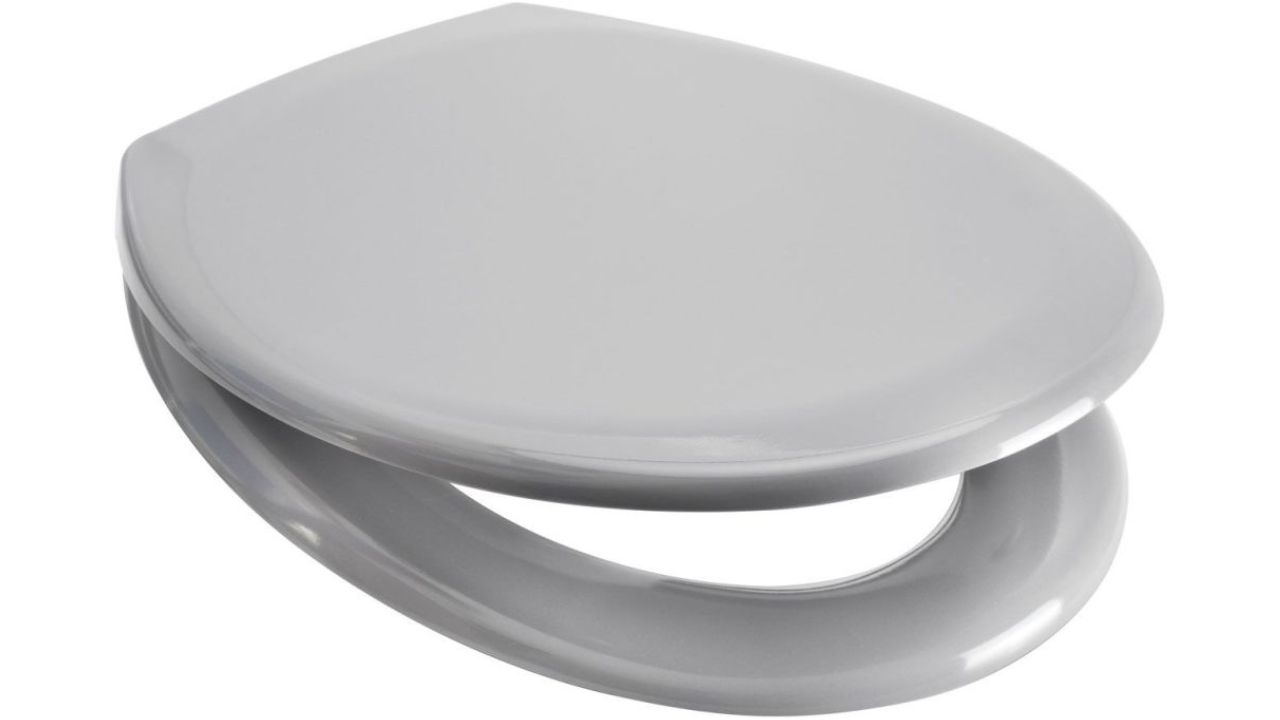
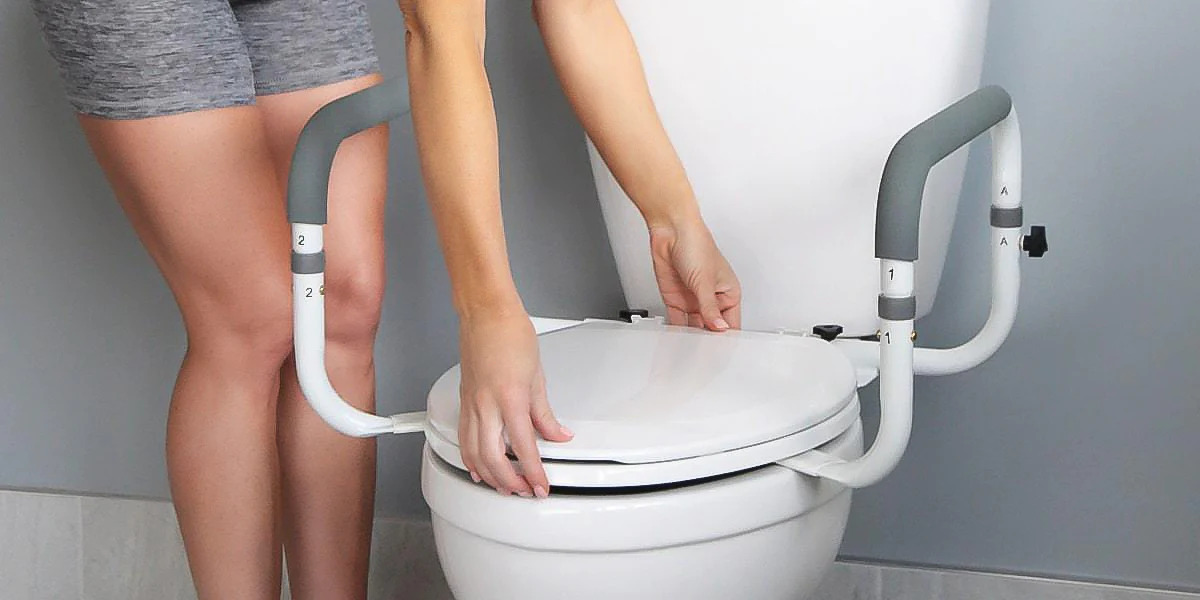
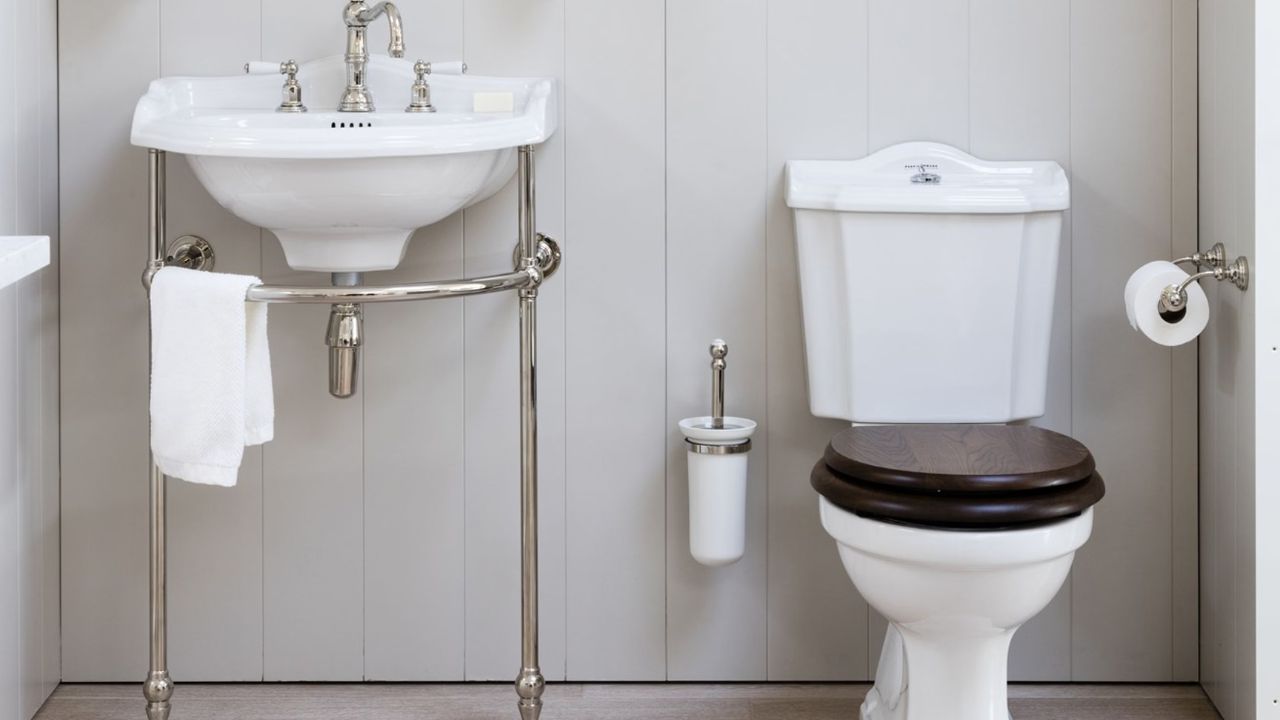
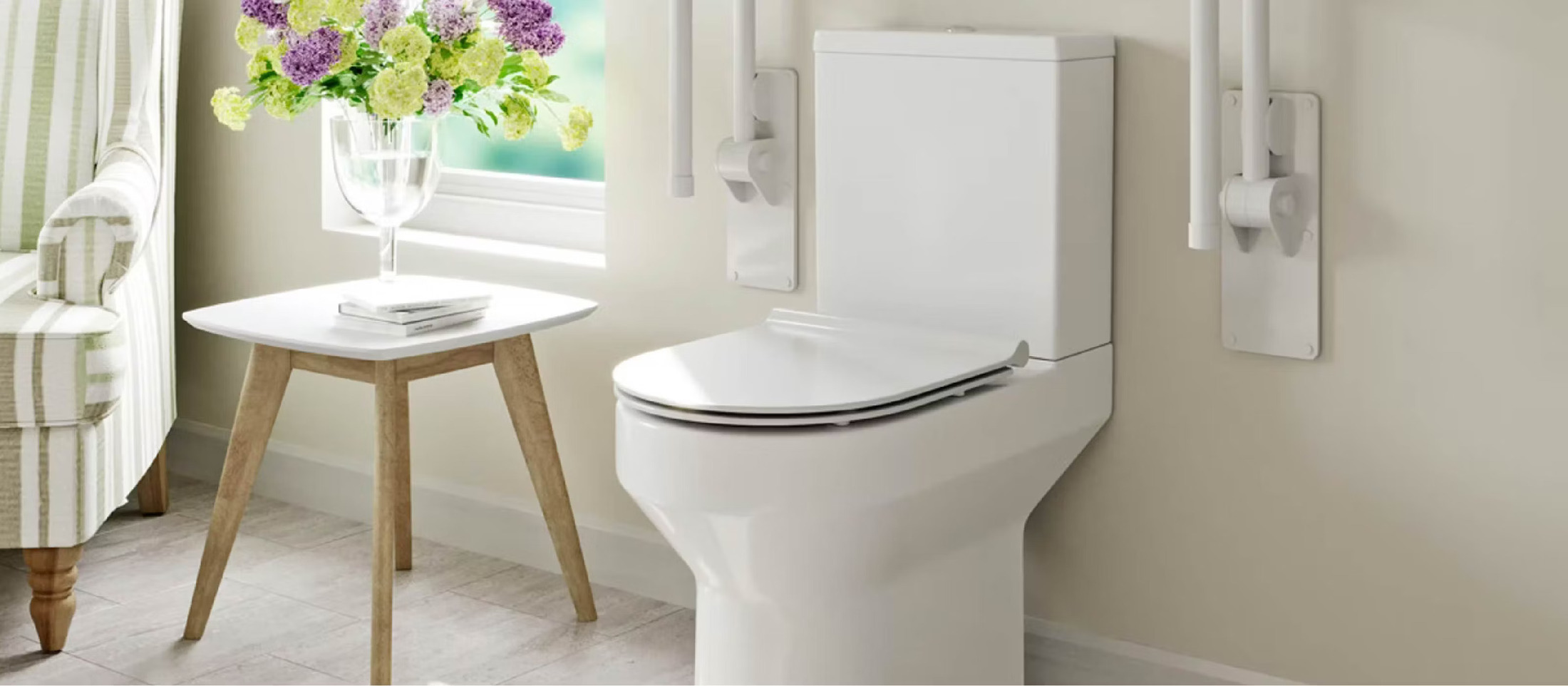
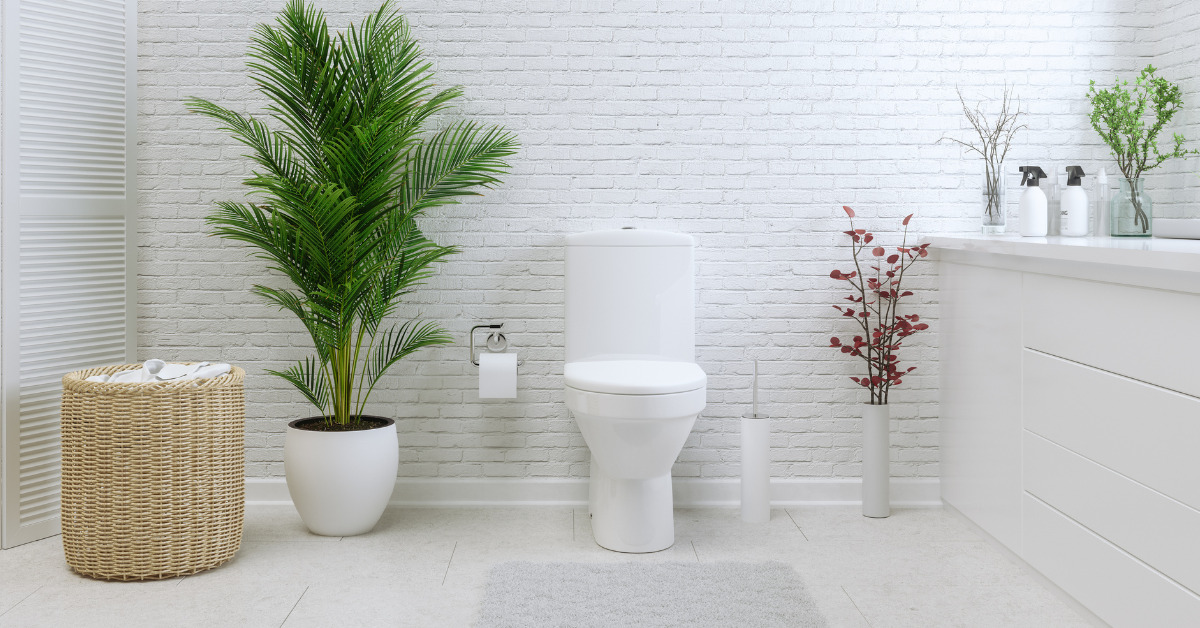
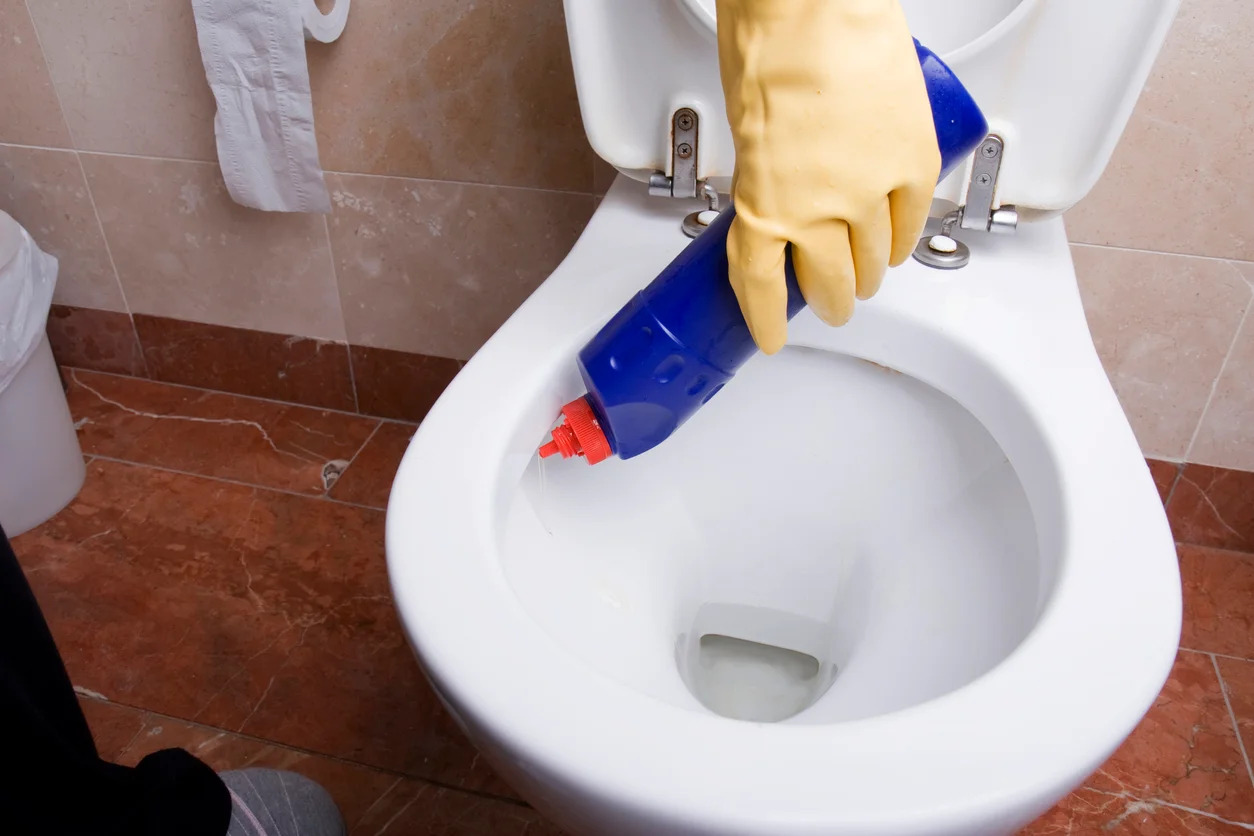
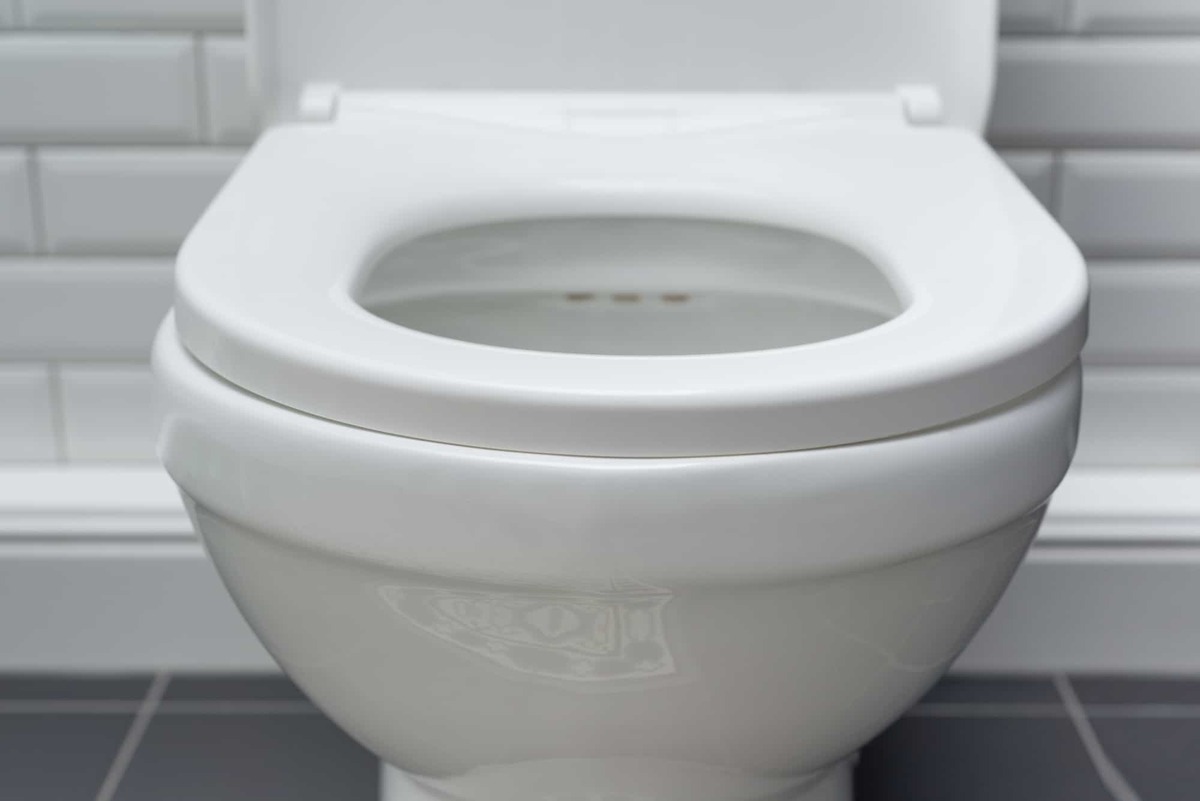
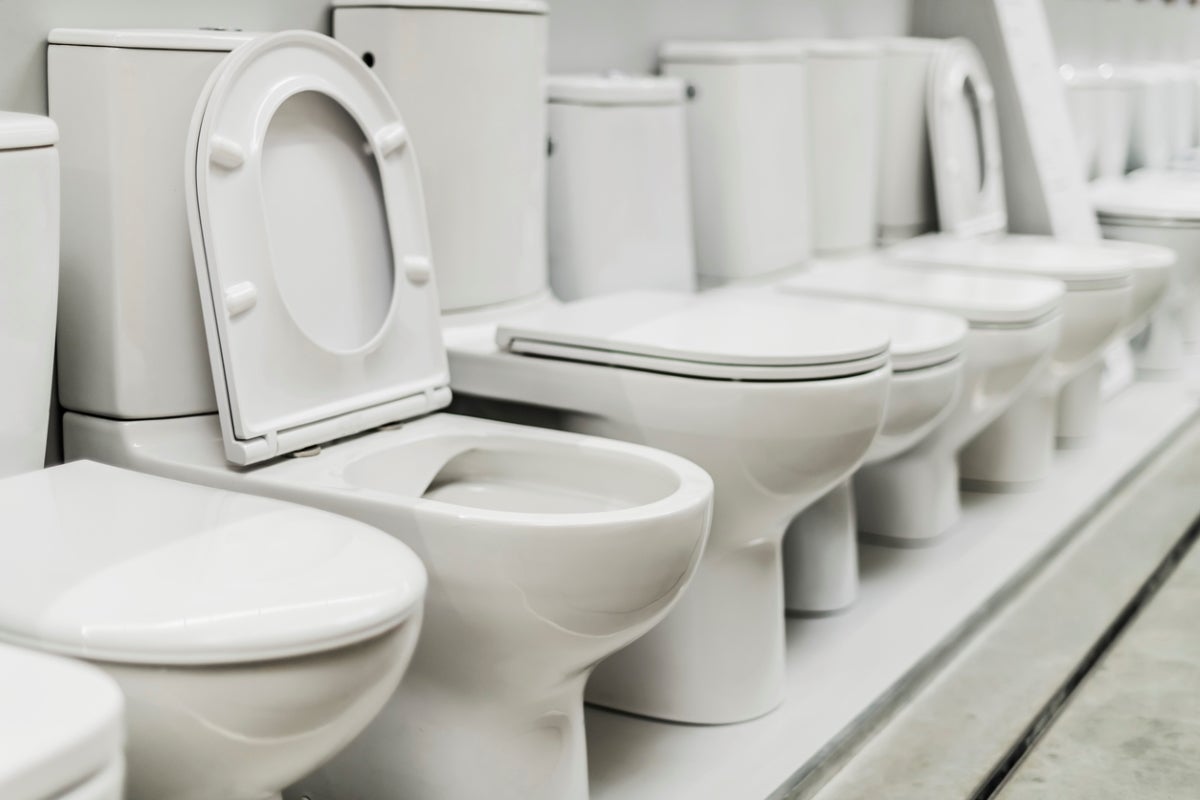

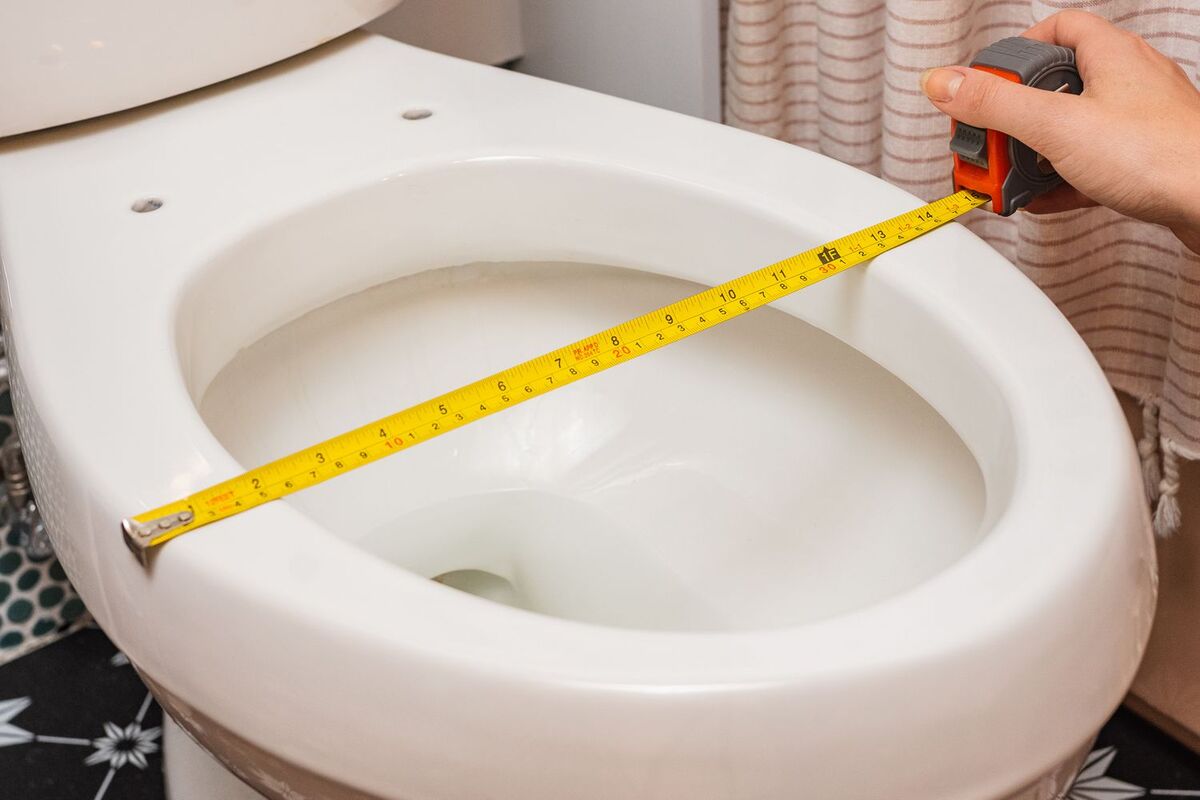
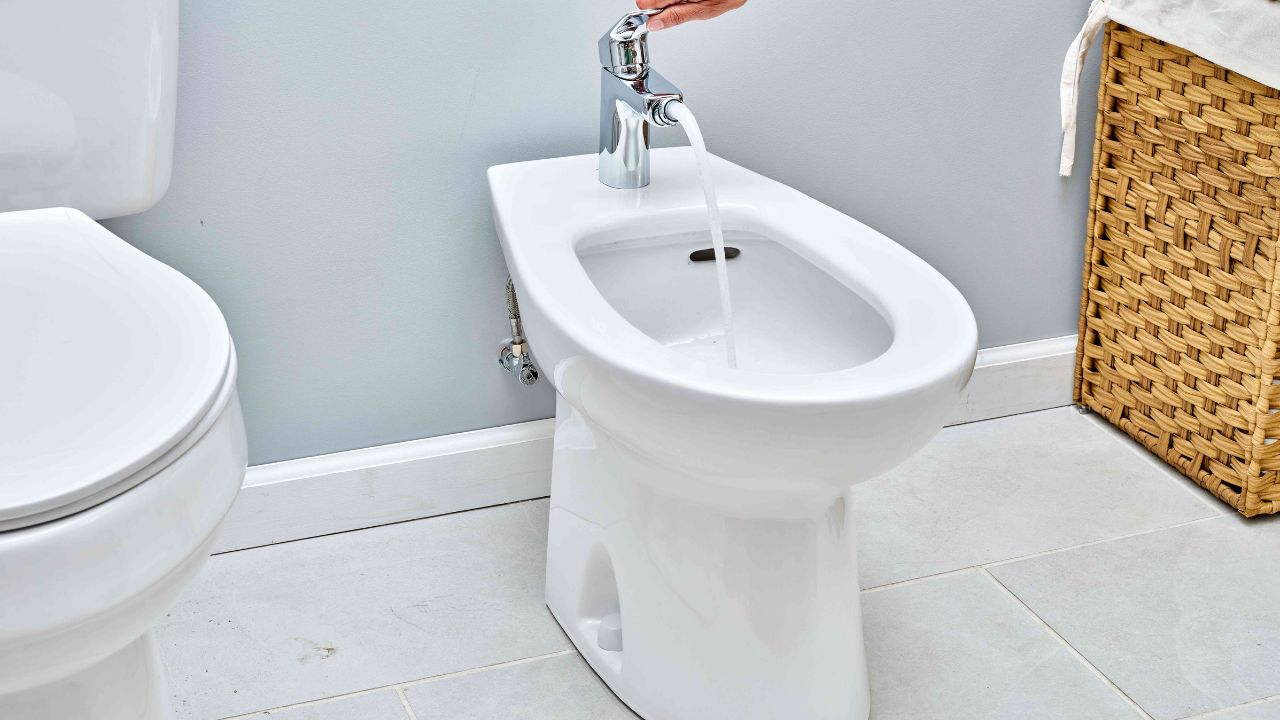
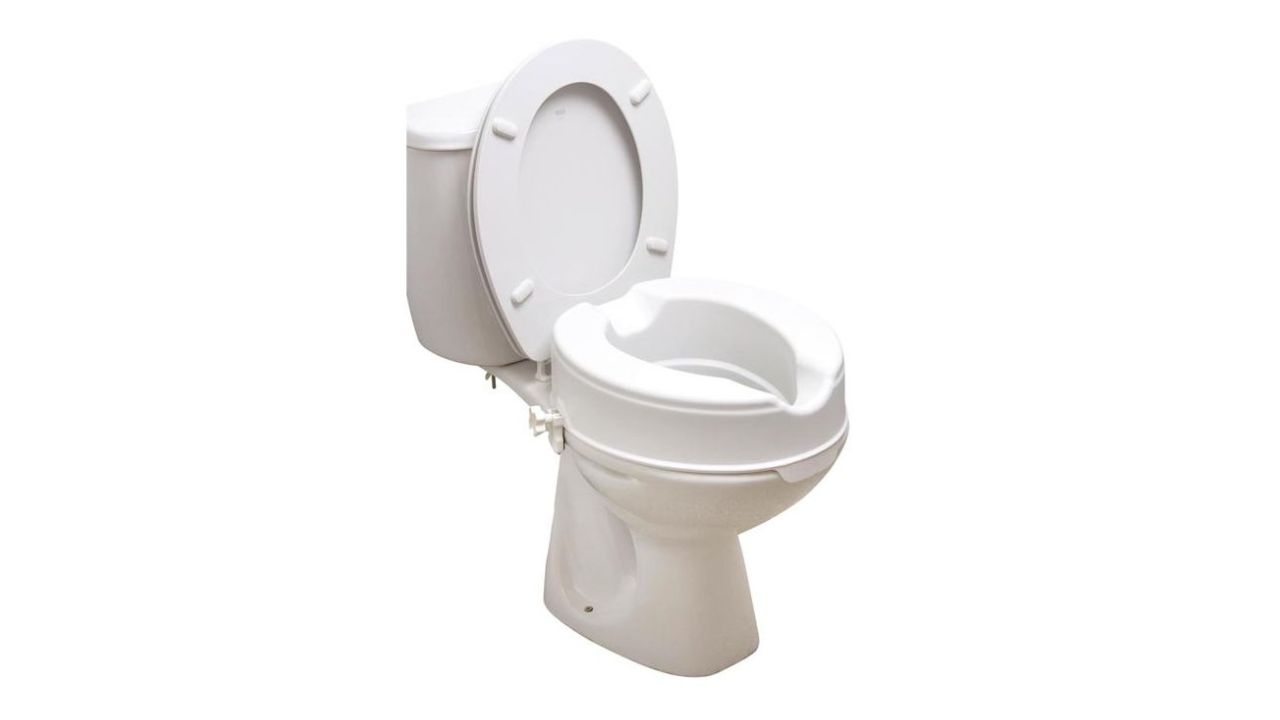


0 thoughts on “What Are Toilet Seat Covers For”